Why do we put one work of art beside another? For the most part museums and galleries tend to stick them on the wall as if they were butterflies or beetles, putting similar species together: an array of impressionist flowers, baroque altarpieces, pictures by a certain painter. But there are other ways to do it. Carambolages, a refreshing and highly entertaining exhibition at the Grand Palais, Paris, presents a dizzying diversity of stuff according to a quite different principle: namely, billiards.
‘Carambolage’ is a term that originates from the game of carambole, or French billiards, as once observed by Van Gogh and Gauguin in the Café de la Gare, Arles. It translates into English as ‘cannon’: hitting one ball so that it strikes two others. The exhibition operates in just the same way: one work suggests another and another, which may come from any time and place.
Thus a series of objects riffs on the theme of breasts. There is a Roman sculpture of Artemis of Ephesus, who had far more than the normal number, causing her to look like a date palm heavily laden with fruit. Several other mammary-related works include a martyrdom of St Agatha, whose tormentors removed hers with pincers, and a couple of bizarre and, one is tempted to say, highly Gallic objects: a bronze cup from around 1810 in the form of the bosom of Pauline Bonaparte, and a rival royalist porcelain bowl apparently modelled from the bust of Marie-Antoinette.
From there, the sequence segues on to a completely different subject: tableware. So next in view is a ninth-century Iranian ceramic, decorated with wonderful abstract splodges and dribbles, a cup from Tang dynasty China, and a piece by the contemporary artist Daniel Spoerri from 1964, consisting of the remains of a meal — dregs of coffee in a cup, smears of food on a plate — all mounted on a piece of wood in the manner of a still-life.
Then comes the emblem of the Society of the Leopard Spirit, from 19th-century Nigeria, which is made up of animal bones arranged on a panel — and we’re off in another direction: skulls in art. And so it goes, ricocheting on and on through nearly 200 bizarre and beautiful things and all manner of themes — eyes, feet, wings, bottoms (notable in the last department is a rude 16th-century diptych, which depicts, instead of the usual sacred subject, naked buttocks being assailed by a thistle and someone pulling a very rude face).
This is not the story of art as it was understood by the late E.H. Gombrich, but it would be wrong to conclude that there is no guiding taste involved at all. One is clearly at work here, and it is presumably that of the brilliant curator Jean-Hubert Martin. His is indeed a distinctively Parisian take on art — glorying in the surreal, the strange, the mysterious and the scatological.
This brings out the fact that art history is not an unchanging catalogue of accepted masterworks — a canon. On the contrary, it’s a constant improvisation. We’re always adding new bits, because they suddenly seem to fit. A good example was Henri Rousseau (1844–1910) generally known, because of his job as a collector of customs duties, as Le Douanier.
Douanier Rousseau was somebody who had no business being a serious painter, as it was conceived in the late 19th century. He was a self-taught amateur whose work always retained the characteristics of folk or outsider art: flattened space, staring eyes, stiff, awkward drawing, at least in comparison with the work of Raphael or Ingres. Nonetheless Rousseau was inserted into art history by modernists of Montmartre — above all, Picasso — who famously gave a deliriously bohemian banquet in his honour in 1908.
An exhibition at the Musée d’Orsay, Le Douanier Rousseau: Archaic Candour, helps you understand just why they did so. It is one of those shows, now in vogue, which puts an artist’s work side by side with that of predecessors or successors. Sometimes this stratagem misfires, as with the RA Rubens extravaganza last year. But it succeeds splendidly with Delacroix at the National Gallery, and is equally successful here.
At the Musée d’Orsay Rousseau is put next to the modernists who discovered and revered him, among them Picasso, Kandinsky and Max Ernst. As a result you can see exactly what they saw in him. Those qualities that prevented him from fitting into the idea of art accepted at the Salon — the stiffness, flatness, and so on — were precisely what those artists needed to escape from the tired slickness of academic painting. So the Parisian avant-garde cannoned off him, and — in retrospect — the outsider became an insider.
Got something to add? Join the discussion and comment below.
Get 10 issues for just $10
Subscribe to The Spectator Australia today for the next 10 magazine issues, plus full online access, for just $10.
You might disagree with half of it, but you’ll enjoy reading all of it. Try your first month for free, then just $2 a week for the remainder of your first year.

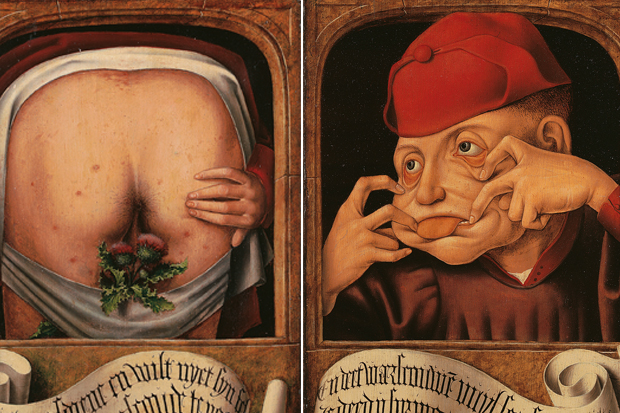
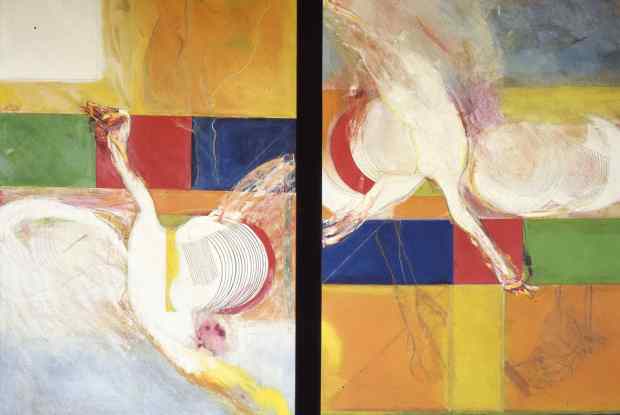
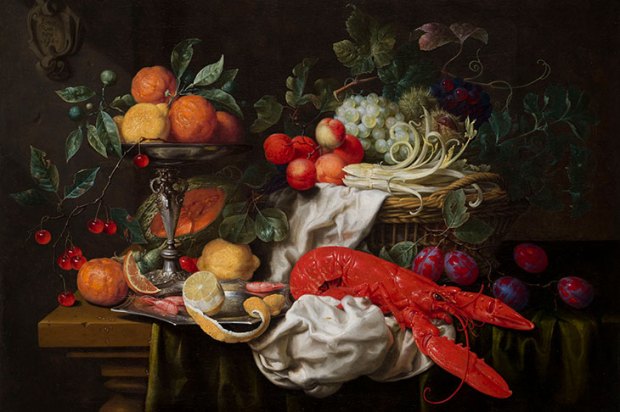
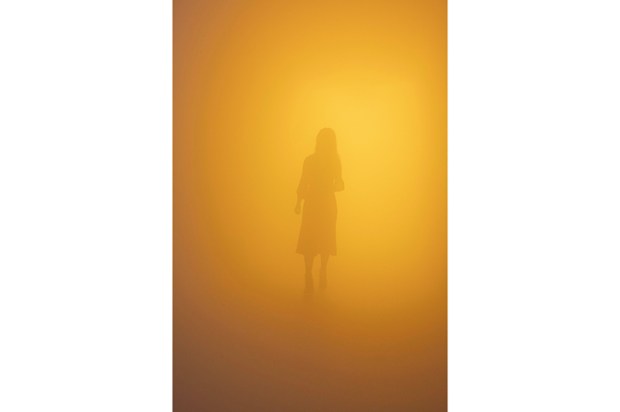
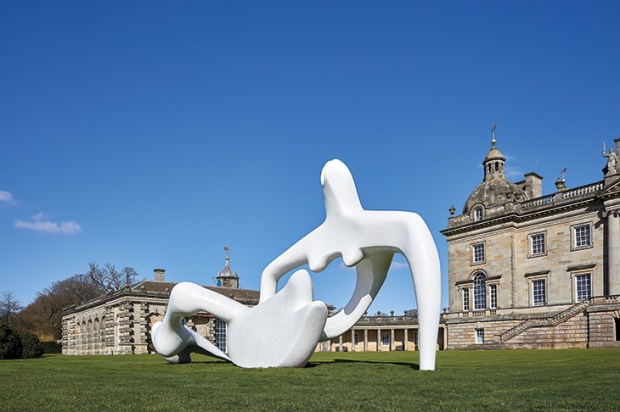
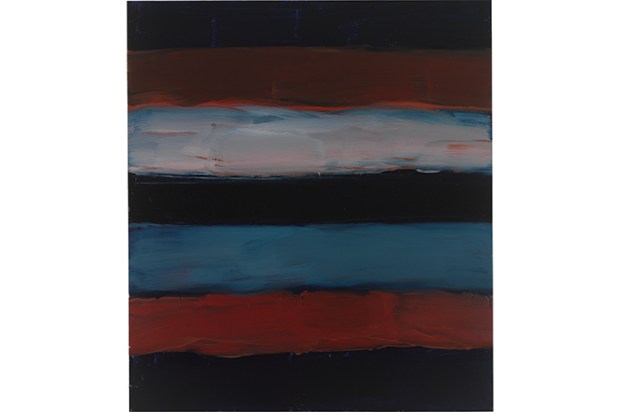
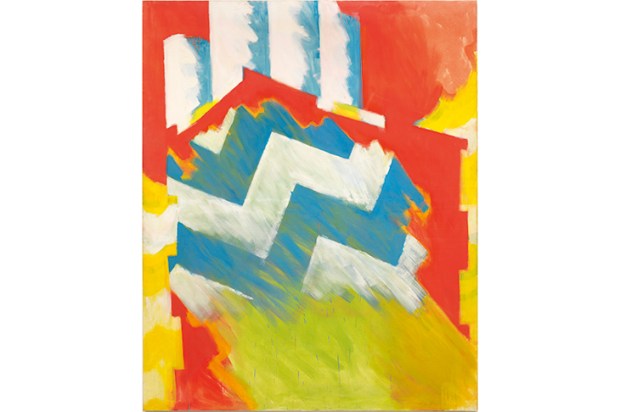






Comments
Don't miss out
Join the conversation with other Spectator Australia readers. Subscribe to leave a comment.
SUBSCRIBEAlready a subscriber? Log in